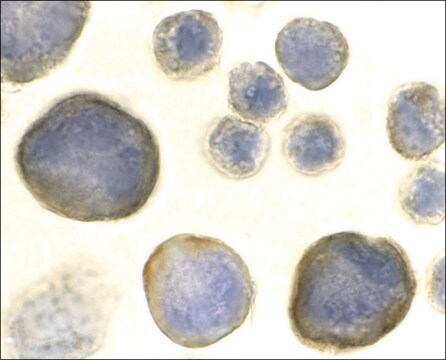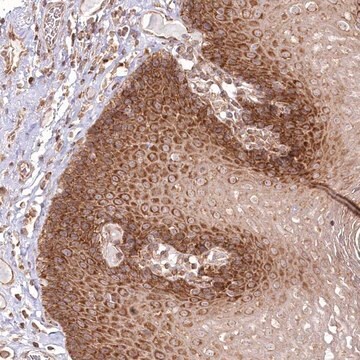SAB4200504
Anti-SND1 antibody, Mouse monoclonal
clone SND1-3, purified from hybridoma cell culture
別名:
Monoclonal Anti-SND1 antibody produced in mouse, Monoclonal Anti-TDRD11, Monoclonal Anti-staphylococcal nuclease and tudor domain containing 1, p100
About This Item
おすすめの製品
由来生物
mouse
品質水準
結合体
unconjugated
抗体製品の状態
purified from hybridoma cell culture
抗体製品タイプ
primary antibodies
クローン
SND1-3, monoclonal
形状
buffered aqueous solution
分子量
antigen ~102 kDa
化学種の反応性
human, rat, mouse
濃度
~1.0 mg/mL
テクニック
western blot: 1-2 μg/mL using whole extracts of human HeLa or HEK-293T cells.
アイソタイプ
IgG1
UniProtアクセッション番号
輸送温度
dry ice
保管温度
−20°C
ターゲットの翻訳後修飾
unmodified
遺伝子情報
human ... SND1(27044)
mouse ... Snd1(56463)
rat ... Snd1(64635)
詳細
特異性
免疫原
アプリケーション
- immunoblotting
- immunoprecipitation
- immunofluorescence
生物化学的/生理学的作用
物理的形状
保管および安定性
免責事項
適切な製品が見つかりませんか。
製品選択ツール.をお試しください
保管分類コード
10 - Combustible liquids
引火点(°F)
Not applicable
引火点(℃)
Not applicable
適用法令
試験研究用途を考慮した関連法令を主に挙げております。化学物質以外については、一部の情報のみ提供しています。 製品を安全かつ合法的に使用することは、使用者の義務です。最新情報により修正される場合があります。WEBの反映には時間を要することがあるため、適宜SDSをご参照ください。
Jan Code
SAB4200504-200UL:
SAB4200504-BULK:
SAB4200504-VAR:
試験成績書(COA)
製品のロット番号・バッチ番号を入力して、試験成績書(COA) を検索できます。ロット番号・バッチ番号は、製品ラベルに「Lot」または「Batch」に続いて記載されています。
ライフサイエンス、有機合成、材料科学、クロマトグラフィー、分析など、あらゆる分野の研究に経験のあるメンバーがおります。.
製品に関するお問い合わせはこちら(テクニカルサービス)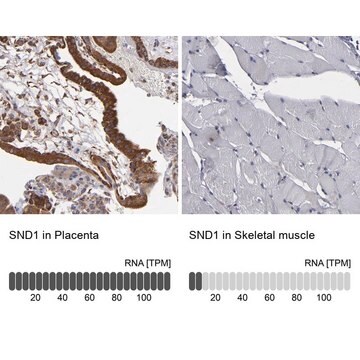
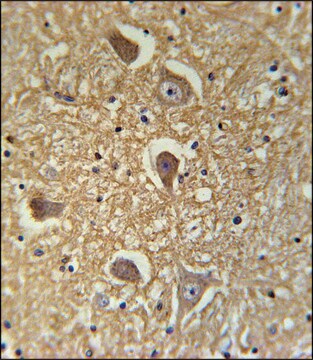

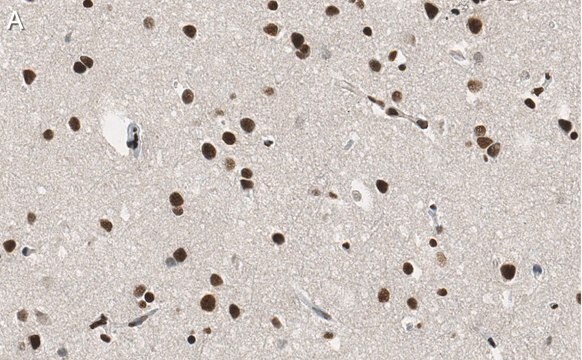
イリジウム(III) 97%](/deepweb/assets/sigmaaldrich/product/structures/309/053/0823f035-245c-433d-b033-2eca2d931c67/640/0823f035-245c-433d-b033-2eca2d931c67.png)


